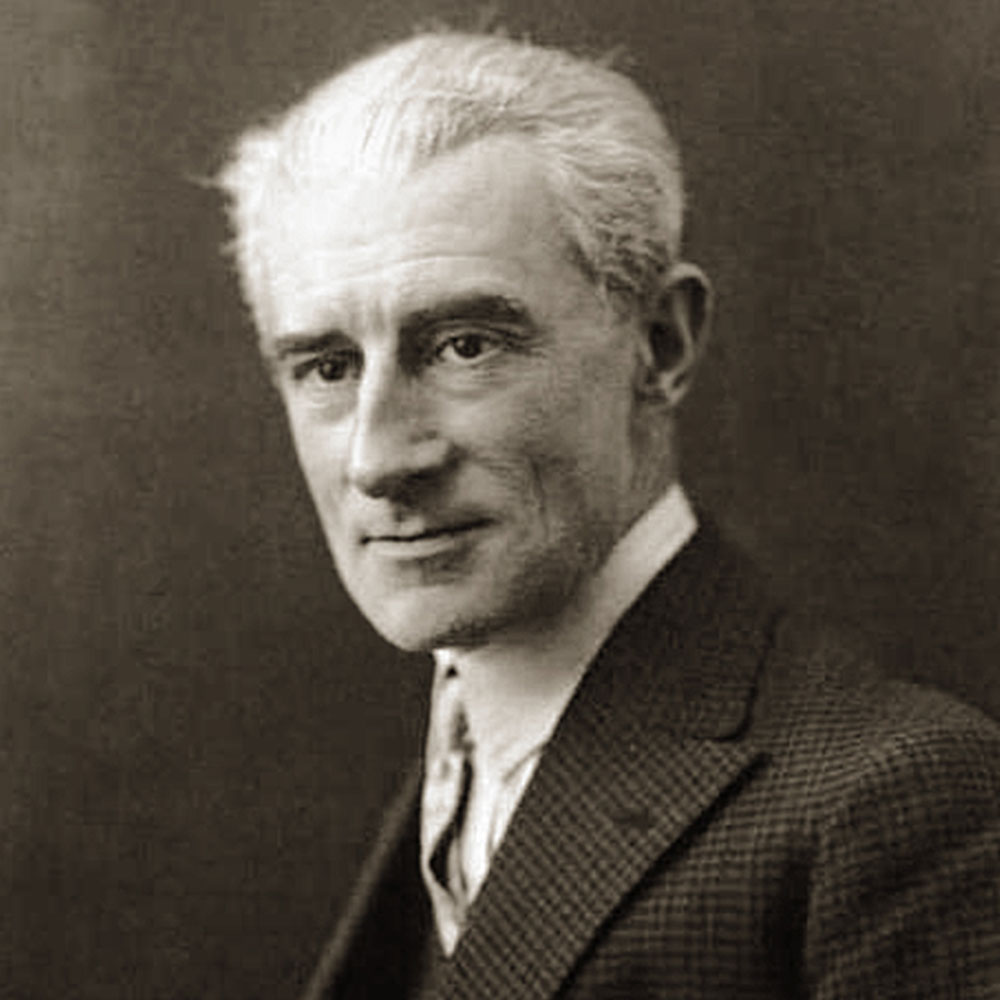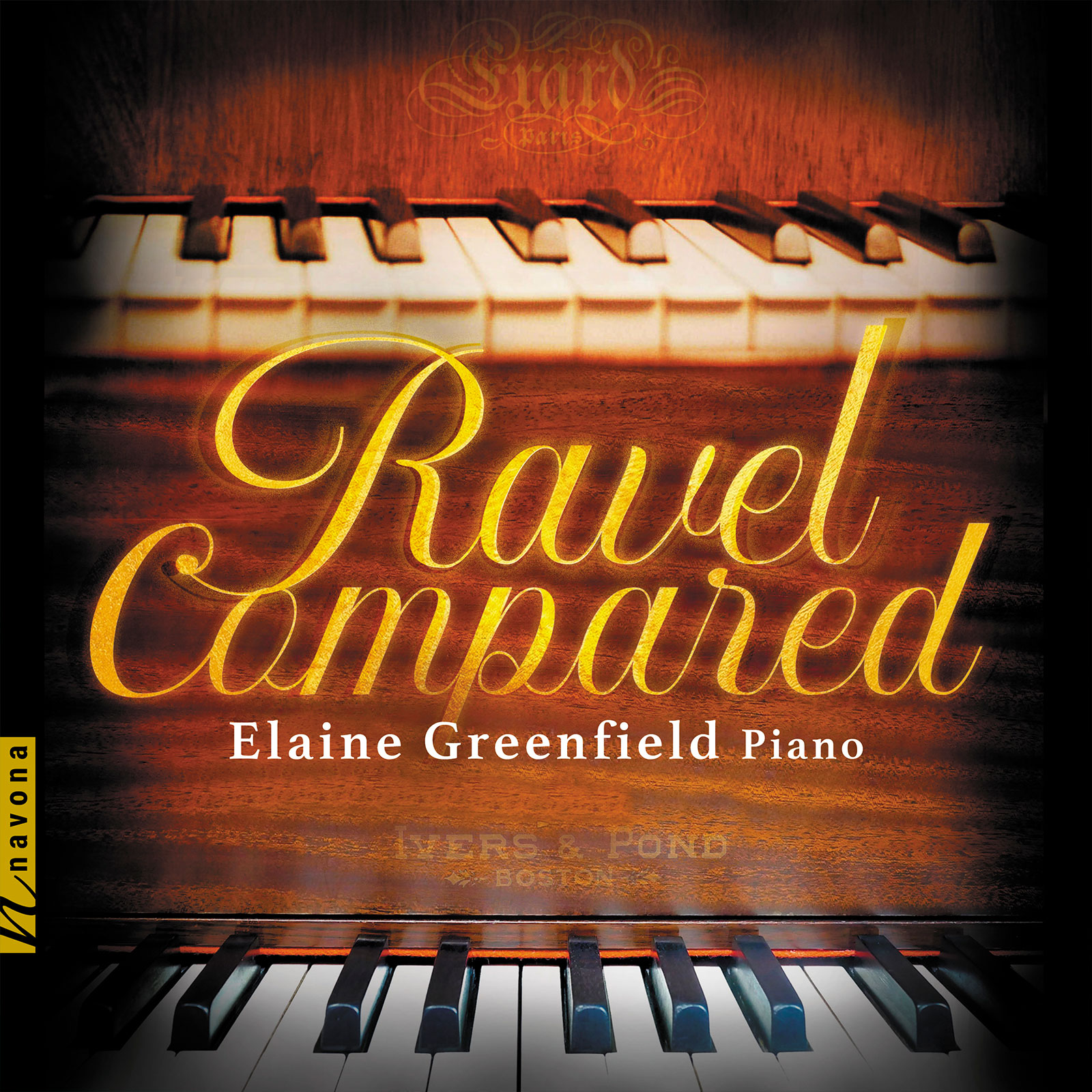
Maurice Ravel, in full Joseph-Maurice Ravel, (born March 7, 1875, Ciboure, France—died December 28, 1937, Paris), was a French composer of Swiss-Basque descent, noted for his musical craftsmanship, perfection of form and style, and distinct musical language.
Ravel was born in a village near Saint-Jean-de-Luz, France, of a Swiss father and a Basque mother. His family background was an artistic, cultivated one, and the young Maurice received every encouragement when his musical talent became apparent at an early age. In 1889, at 14, he entered the Paris Conservatoire, where he remained until 1905. Here he composed some of his most recognized works, including the Pavane for a Dead Princess, the Sonatine for piano, and the String Quartet. These works show an astonishing early perfection of style and craftsmanship that are the hallmarks of Ravel’s music. The early works seem scarcely less mature than those of his later periods. Indeed, his failure at Conservatoire to win the coveted Prix de Rome for composition (after three attempts), caused something of a scandal. Indignant protests were published, and liberal-minded musicians and writers supported Ravel. As a result, the director of the Conservatoire was forced to resign, and his place was taken by the composer Gabriel Fauré, with whom Ravel had studied composition.
Ravel was not a revolutionary musician. He was for the most part content to work within the established forms and harmonic conventions of his day, firmly rooted in tonality. However, this traditional work was so very personal and individual that it would be true to say he forged for himself a language of his own. It bears the stamp of his personality as unmistakably as any work of Bach or Chopin. While his melodies are almost always modal, his harmonies derive their unique flavor from his fondness for “added” notes and unresolved appoggiaturas, or notes extraneous to the chord that are allowed to remain harmonically unresolved. He enriched the literature of the piano by a series of masterworks, ranging from the early Jeux d’eau (completed 1901) and the Miroirs of 1905 to the formidable Gaspard de la nuit (1908), Le Tombeau de Couperin (1917), and the two piano concerti (1931). Of his purely orchestral works, the Rapsodie espagnole (1907) and Boléro (1928) are the best known and reveal his consummate mastery of the art of instrumentation. But perhaps the highlights of his career were his collaboration with the Russian impresario Serge Diaghilev, for whose Ballets Russes he composed the masterpiece Daphnis et Chloé (first performed 1912), and with the French writer Colette, librettist of his opera, L’Enfant et les sortilèges. As a songwriter Ravel achieved great distinction with his imaginative Histoires naturelles, Trois poèmes de Stéphane Mallarmé, and Chansons madécasses.
Ravel’s life was at most uneventful. He never married, and, though there were a few carefully chosen friends, he lived the life of a semi-recluse at his country retreat at Montfort-L’Amaury, in the forest of Rambouillet, near Paris. He served briefly in World War I as an army truck driver at the front, but due to his fragile constitution, was discharged in 1917.
In 1928 Ravel embarked on a four months’ tour of Canada and the United States and in the same year visited England to receive an honorary degree of doctor of music from Oxford. That year also saw the creation of Boléro in its original form as a ballet.
The last five years of Ravel’s life were clouded by aphasia, which not only prevented him from writing another note of music, it also deprived him of speech and made it impossible to sign his name. Most tragically, his musical imagination remained as active as ever. An operation on the brain, planned to reverse the condition, was unsuccessful. Ravel was buried in the cemetery of Levallois, a Paris suburb, amid the graves of Stravinsky and other distinguished musicians and composers.
For Ravel, music was a kind of ritual, having its own laws, to be conducted behind high walls, sealed off from the outside world, and impenetrable to unauthorized intruders. When his Russian contemporary Igor Stravinsky compared Ravel to “the most perfect of Swiss watchmakers,” he was in fact extolling those qualities of intricacy and precision to which he himself attached so much importance.
Edited from an article by Rollo H. Myers
Albums
Ravel Compared
Catalog Number: NV6401

